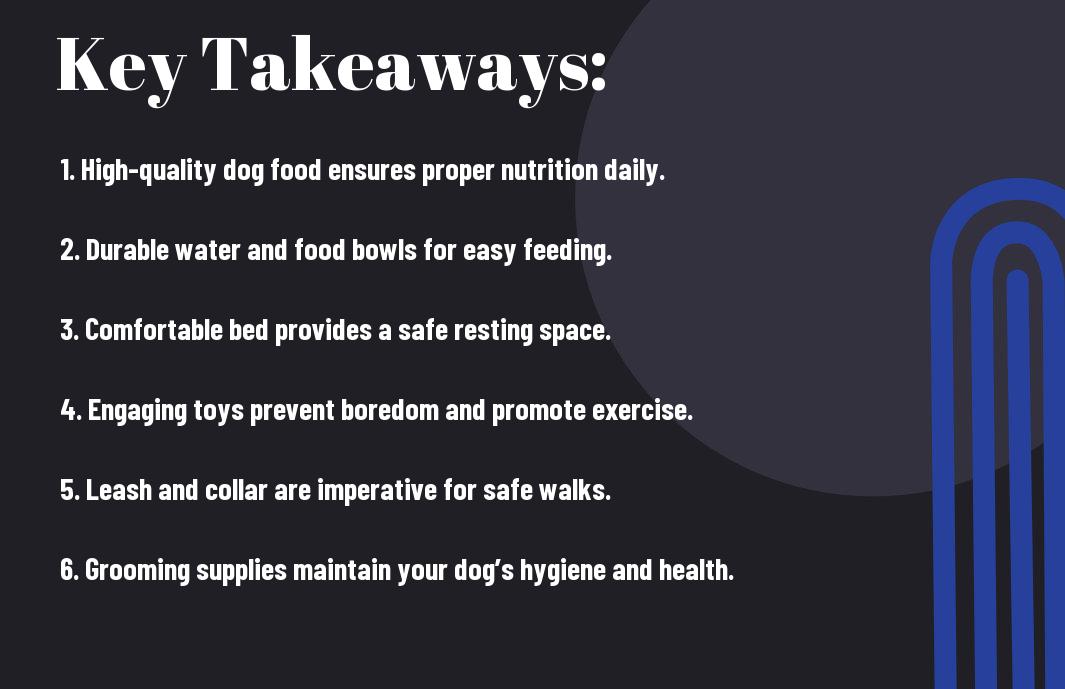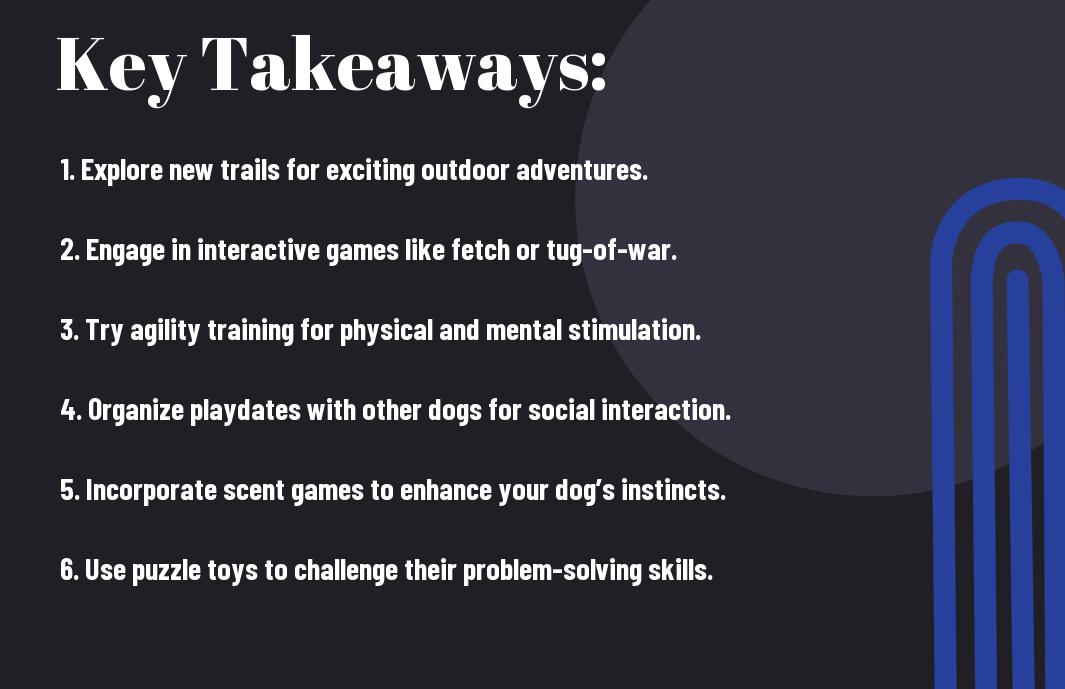You can help your pet bird overcome its fear of others with patience and understanding. Start by ensuring a safe space for your bird away from the anxious stimuli, and gradually introduce it to the sounds and sights of other birds. Positive reinforcement, such as treats and praise, will encourage your bird to associate other birds with good experiences. Be mindful of potential stress signs, and never force interactions; instead, prioritize your bird’s comfort and well-being. With your care, your bird can learn to coexist peacefully with its feathered friends.

Understanding Fear in Birds
The fear response in birds can often lead to chronic anxiety and stress, impacting their overall health. Understanding what triggers these feelings of fear is an important first step in helping your feathered friend. Birds, like any other pets, can experience a range of emotions, including fear, which can be heightened by their environment, interactions with other birds, and individual temperament.
Factors Contributing to Fear
Even the most sociable birds can find themselves feeling anxious in certain situations. Several factors can contribute to this fear, including:
- Past Trauma: Birds that have been mistreated, trapped, or isolated may develop strong fears of other birds.
- Socialization: A lack of positive experiences with other birds can lead to an inadequate reference for acceptable behavior.
- Genetic Predisposition: Some species or even individual birds may naturally be more cautious or fearful than others.
- Environmental Stressors: Sudden changes in surroundings, loud noises, or the presence of potential predators can all increase fear levels.
Perceiving your bird’s unique background and personality is crucial in addressing and managing their fear effectively.
Signs of Anxiety in Birds
The signs of anxiety in birds can manifest in various behaviors, and as a responsible owner, it’s important for you to recognize these signals. Common indicators of anxiety include excessive vocalizations, feather plucking, body language such as puffed-up feathers or a fluffed appearance, and avoidance behaviors. When your bird shows signs of distress or discomfort, addressing these issues quickly can help alleviate their fear.
A heightened state of anxiety can lead to more serious complications if not managed properly. Behavioral changes such as aggression or withdrawal, coupled with physical symptoms like loss of appetite or weakened immune response, can have detrimental effects on your bird’s well-being. Always keep an eye out for these signs; by doing so, you can foster an environment that encourages security and comfort for your feathered companion.
Creating a Comforting Environment
One of the keys to helping your bird feel secure in a world full of avian interactions is to create a comforting environment tailored to its needs. This involves designing spaces where your bird can feel both safe and relaxed. Establishing a setup that minimizes visible interactions with other birds will go a long way in reducing their anxiety. You can start by choosing a quiet room or corner of your home that is less frequented by other household pets and that allows for minimal disturbances. Soft lighting and cozy perches can also help create a sanctuary feel. Note, calm environments foster peace, which is necessary for your bird’s mental well-being.
Safe Spaces for Your Bird
Creating safe spaces for your bird is necessary in providing them with a retreat when they feel overwhelmed. This can be achieved by creating designated areas where your bird can escape whenever they feel threatened or anxious. Consider adding covered areas or hiding spots with soft materials that mimic their natural instinct to seek shelter. Use fleece blankets, tunnels, or other cozy items to design an intimate space that encourages them to retreat and regroup.
Areas for Exploration
One significant aspect of your bird’s environment is providing areas for exploration that stimulate and engage them while ensuring their safety. This includes dedicated play areas equipped with various toys, climbing structures, and perches that allow them to move around freely without the fear of encountering other birds. Design these spaces to encourage curiosity and active play. You can create zones that offer a mix of textures, colors, and sounds to keep your bird intrigued and entertained.
To further enhance exploration, consider rotating toys and materials weekly to maintain your bird’s interest. Incorporating natural branches, foraging toys, and different textures can encourage your bird to explore its surroundings while providing an enriching experience. Just remember to keep a close eye on these areas to ensure they remain safe, free of hazards, and conducive for your bird’s growth and comfort.

Gradual Socialization Techniques
For effective socialization of a bird that’s afraid of other birds, you should utilize gradual techniques that allow the bird to acclimate at its own pace. Introducing socialization gradually helps ease their fears and builds their confidence in interacting with peers. This process can be slow, yet the results are worth it as your bird becomes more comfortable in a social setting.
Introduce Slowly
One effective strategy is to introduce your bird to other birds slowly. Begin by allowing them to hear the sounds of other birds without direct contact. You can play recordings of bird calls or have other birds in a separate room while your bird observes them quietly. This initial exposure helps your bird become familiar with the presence of others without causing overwhelming fear.
As your bird grows more accustomed to the sounds, you can start setting up visual interactions. Place a cage with another bird in a shared living space, ensuring that your bird feels safe and secure in its own space. Monitor their reactions closely; give them time to adjust to this new visual stimulus. Do not forget, patience is key!
Positive Reinforcement Strategies
Now, using positive reinforcement strategies can significantly enhance your efforts. Reward your bird with treats or praise when they display calm behavior around other birds. This method not only builds a positive association with social interactions but also encourages your bird to approach these situations with a sense of safety and assurance.
It’s vital to remain consistent with your positive reinforcement techniques. When your bird shows signs of relaxation or curiosity towards the other birds, mark that behavior with a rewarding treat. Consistency strengthens the bond between you and your bird while reinforcing the notion that these social encounters can be rewarding.
Tips for Introducing Other Birds
Reinforcement strategies extend into providing **tips** for introducing other birds effectively. Begin by ensuring that all birds involved are healthy and free from stress-related behaviors or illnesses. Once you have established a safe environment, introduce the birds in neutral territory, allowing them to interact without feeling territorial.
- Introduce **birds slowly** to avoid overwhelming your pet
- Provide **positive reinforcement** to create a comforting atmosphere
- Monitor your **bird’s body language** for stress signals
Knowing how to proceed in a measured way is vital. By being mindful of these strategies, you foster an environment where your bird can grow more comfortable around others.
Now, consider reinforcement strategies that include brief social sessions initially and gradually increase the duration as your birds become more comfortable with one another. Always provide plenty of supervision during these interactions to ensure the safety and comfort of each bird involved.
- Utilize **short interaction sessions** to build confidence
- Monitor **stress levels** throughout the process
- Be patient and avoid **overwhelming exposure** quickly
Knowing how to introduce your bird to new social situations will enhance their confidence and facilitate better interactions with other birds.
Techniques like these are vital for ensuring a smooth transition into a multi-bird environment. Always choose methods that promote confidence, trust, and a sense of security for your bird. Do not forget, the ultimate goal is to create a harmonious space where your bird can thrive in social situations, ensuring a happier and healthier avian life.

Ongoing Care and Support
Many bird owners underestimate the importance of ongoing care and support for their feathered companions, especially those who are afraid of other birds. It’s crucial to create a safe and nurturing environment that addresses your bird’s specific fears while also promoting their well-being. Regular interaction, positive reinforcement, and a consistent routine can help build your bird’s confidence. The effort you put in will not only improve your bird’s mental health but also strengthen the bond between you.
Monitoring Behavior Changes
Now that you’ve established a care routine, you’ll need to continually monitor your bird’s behavior to catch any signs of distress or improvement. Pay close attention to how they react around other birds, even from a distance. Signs of fear can include aggressive posturing, cowering, or screeching. Keeping a journal of these behaviors can help you identify triggers and patterns over time, allowing for adjustments to their environment as needed.
It’s also important to watch for signs of progress, such as increased curiosity towards other birds or more relaxed body language when encountering them. Make sure to celebrate these small victories, as they indicate that your bird is slowly becoming more comfortable in their surroundings. Continuous observation will equip you with valuable insights to refine your approach further, ensuring your bird feels safe and secure.
Seeking Professional Help
With ongoing care, you may find that your bird requires additional support not provided by you. In such cases, consulting a professional avian behaviorist or veterinarian can be invaluable. These experts can provide targeted strategies and therapies designed to address your bird’s specific fears and phobias. Don’t hesitate to seek their expertise, as a professional can offer tailored advice that caters to your bird’s unique situation.
The choice to seek professional help is **critical** if you notice your bird showing **significant distress** or if their fears interfere with their quality of life. A trained expert can assess your bird’s behavior and suggest behavior modification techniques that can facilitate **positive** social interactions or **safe** environmental changes. Do not forget, your priority should always be your bird’s **mental** and **emotional health**, and sometimes you need an outside perspective to achieve that goal.
Conclusion
On the whole, handling a bird that exhibits fear toward other birds requires patience, consistency, and an understanding of its individual needs. You should begin by creating a safe and secure environment where your bird can feel comfortable and less threatened. Gradually introduce your bird to the presence of others in a controlled setting, allowing it to adjust at its own pace. Utilizing positive reinforcement methods can bolster your bird’s confidence when it comes to interacting with other birds. Focus on building trust through gentle interactions and rewarding your bird for showing curiosity or calmness around others.
As you progress, it’s important to remember that each bird is different, and their comfort levels may vary. Pay attention to your bird’s body language, and be prepared to step back if you notice signs of increased stress or fear. Your patience and understanding will foster an environment where your bird can learn to overcome its apprehensions. Over time, with the right approach, you can help your bird feel more at ease in the presence of others, contributing to a healthier and more harmonious living situation for everyone involved.
FAQ
Q: What should I do if my bird is fearful of other birds?
A: If your bird is afraid of other birds, the first step is to create a safe and calm environment. Keep your bird’s cage in a quiet area away from other birds initially, and allow it to acclimate to its surroundings. Gradually introduce your bird to the sound of other birds, starting with recordings or calm interactions from a distance. Monitor its reactions and reward calm behavior with treats or praise. Patience is key; give your bird time to adjust at its own pace.
Q: How can I socialize my bird with other birds without causing more fear?
A: Socializing a bird that is afraid of others requires a gradual approach. Start by allowing your bird to observe other birds from a distance without direct interaction. You can bring other birds into the same space, but ensure that your bird feels safe in its cage. Use positive reinforcement to encourage curiosity—such as offering treats or speaking softly to reinforce calm behavior. Slow introductions, supervised playtime, and monitoring body language will help ease anxiety.
Q: Are there any techniques to help reduce my bird’s fear of other birds?
A: Yes, there are several techniques that can help reduce your bird’s fear of other birds. Desensitization is a useful method; expose your bird to other birds in controlled situations, gradually decreasing the distance over time. Additionally, positive reinforcement training can be effective; reward your bird when it displays calm behavior in the presence of other birds. Creating a stress-free environment, providing enrichment activities, and ensuring your bird has sufficient space in its cage will also contribute to reducing anxiety.










